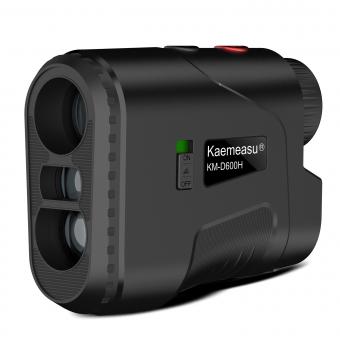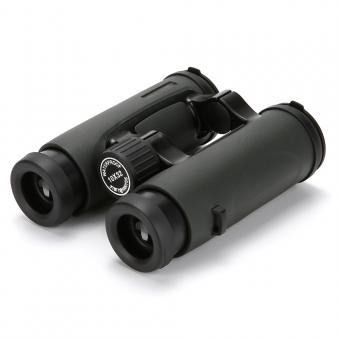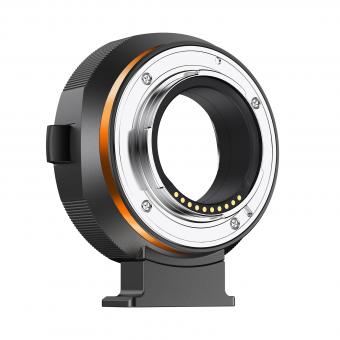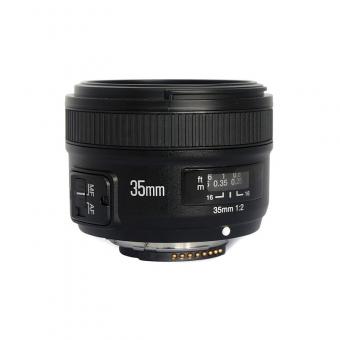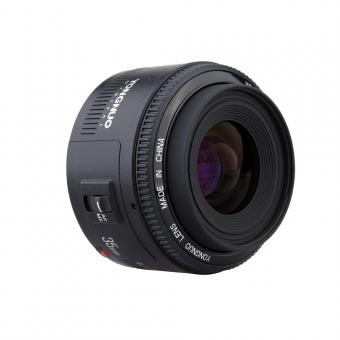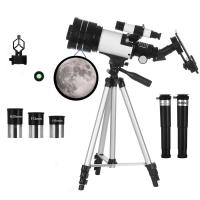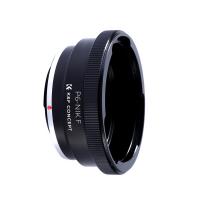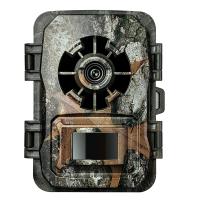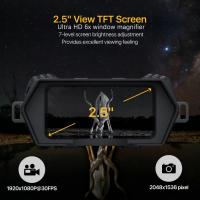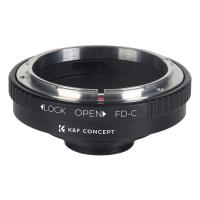Camera How To Know Where Focusing Rangefinder ?
A rangefinder camera typically has a focusing mechanism that uses a split-image rangefinder or a coincident image rangefinder. The split-image rangefinder works by splitting the image into two halves, and when the subject is in focus, the two halves align. The coincident image rangefinder, on the other hand, superimposes two images, and when they are aligned, the subject is in focus. By adjusting the focus ring on the lens, you can align the images or halves to achieve focus. Some rangefinder cameras also have a focusing patch or spot in the viewfinder that helps you determine the focus point.
1、 Understanding the basics of a camera's focusing system
Understanding the basics of a camera's focusing system is crucial for capturing sharp and well-focused images. One important component of a camera's focusing system is the rangefinder. The rangefinder helps determine the distance between the camera and the subject, allowing the camera to focus accurately.
To know where the camera is focusing using a rangefinder, you need to look through the viewfinder and align the two images in the rangefinder patch. The rangefinder patch is typically a small rectangular or circular area in the center of the viewfinder. When the two images are aligned, it indicates that the camera is focused on the subject.
Modern cameras often use autofocus systems, which utilize various focusing points spread across the frame. These focusing points help the camera determine where to focus within the frame. When using autofocus, the camera will typically highlight the active focusing point in the viewfinder or on the LCD screen, indicating where it is focusing.
It's important to note that different cameras may have different focusing systems and features. Some cameras offer advanced autofocus modes, such as face detection or subject tracking, which can be useful in certain situations. Additionally, newer cameras may incorporate artificial intelligence algorithms to enhance the accuracy and speed of autofocus.
Understanding the basics of a camera's focusing system is essential for photographers to achieve sharp and well-focused images. By familiarizing yourself with the rangefinder or autofocus system of your camera, you can ensure that your subject is in focus and capture stunning photographs.
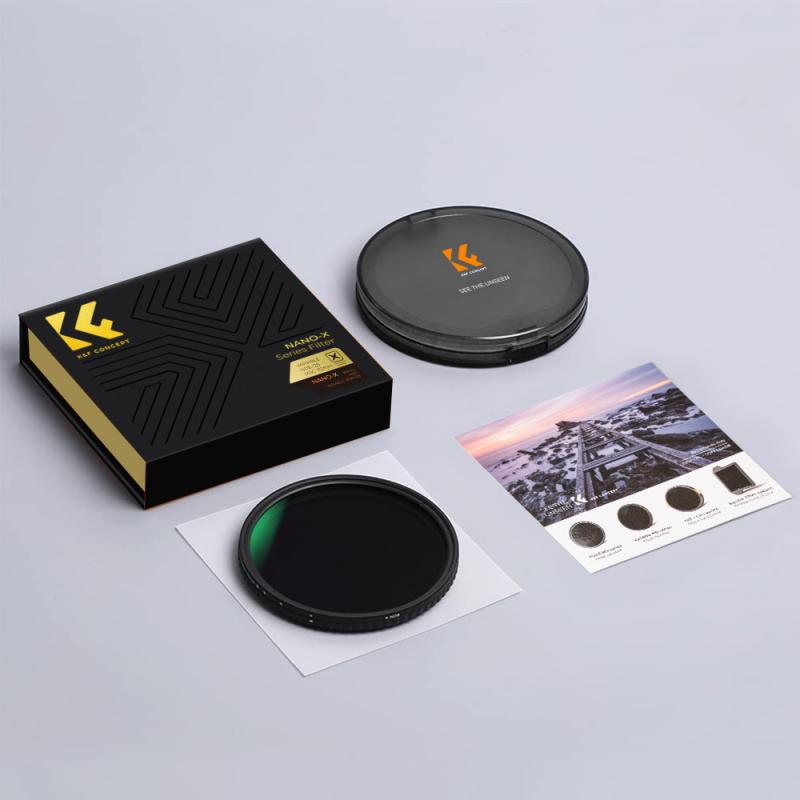
2、 Utilizing autofocus modes and settings for precise focusing
Utilizing autofocus modes and settings for precise focusing is crucial in capturing sharp and well-focused images. Modern cameras offer a range of autofocus modes and settings to help photographers achieve accurate focus in various shooting scenarios.
One of the most common autofocus modes is the single-point autofocus mode. This mode allows the photographer to manually select a specific focus point within the frame. By placing the focus point on the subject, the camera will adjust the focus to ensure sharpness in that area. This mode is particularly useful when photographing a single subject or when precise focus is required.
Another popular autofocus mode is the continuous autofocus mode. This mode is ideal for capturing moving subjects, such as sports or wildlife photography. The camera continuously adjusts the focus as the subject moves, ensuring that it remains sharp throughout the sequence of shots.
In addition to autofocus modes, cameras also offer various autofocus settings that can be customized to suit different shooting conditions. These settings include focus tracking sensitivity, focus area selection, and autofocus point selection. By understanding and utilizing these settings, photographers can further enhance the accuracy and precision of their autofocus system.
It is important to note that while autofocus technology has advanced significantly in recent years, it is not foolproof. It is always recommended to double-check the focus after capturing an image, especially when shooting in challenging lighting conditions or with complex subjects. Additionally, some photographers prefer to manually focus their lenses using the camera's focus peaking or magnification features for complete control over the focus point.
In conclusion, understanding and utilizing autofocus modes and settings is essential for achieving precise focusing in photography. By familiarizing oneself with the various autofocus options available and experimenting with different settings, photographers can capture sharp and well-focused images in a wide range of shooting scenarios.

3、 Manual focusing techniques using a rangefinder on a camera
Manual focusing techniques using a rangefinder on a camera have been a popular choice among photographers for many years. Rangefinders offer a unique way of focusing that can be both accurate and efficient. However, knowing where to focus can sometimes be a challenge, especially for those new to using a rangefinder.
One of the key features of a rangefinder is its built-in rangefinder mechanism, which helps determine the distance between the camera and the subject. This mechanism typically consists of a split-image rangefinder patch or a superimposed image in the viewfinder. To focus using a rangefinder, you need to align the two images in the viewfinder by manually adjusting the focus ring on the lens until they merge into one.
To know where to focus, you need to have a good understanding of your subject and the composition you want to achieve. It's important to consider the depth of field and the specific area you want to be in focus. This can be particularly challenging when shooting subjects with complex or multiple elements.
One technique that can help is pre-focusing. By estimating the distance to your subject and setting the focus ring accordingly before composing the shot, you can ensure that your subject will be in focus when you press the shutter. This technique requires practice and a good sense of distance estimation.
Another technique is zone focusing. This involves setting the focus ring to a specific distance that will cover the desired depth of field. By using the aperture and distance scale on the lens, you can determine the range of distances that will be in focus. This technique is particularly useful for street photography or situations where you need to react quickly.
In recent years, some rangefinder cameras have introduced electronic aids, such as focus peaking or digital rangefinders, to assist with manual focusing. These features can provide additional visual cues to help determine focus accuracy.
Ultimately, mastering manual focusing techniques with a rangefinder requires practice, experience, and a good understanding of your camera and lenses. With time, you will develop a sense of where to focus and how to achieve the desired results.
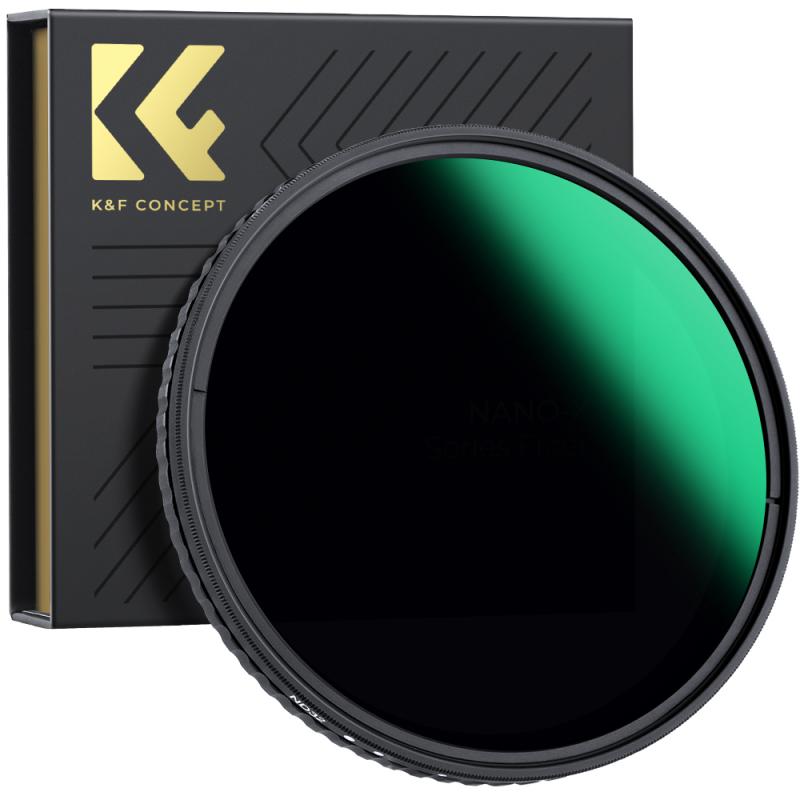
4、 Calibrating and adjusting the rangefinder for accurate focusing
Calibrating and adjusting the rangefinder for accurate focusing is an essential step in ensuring that your camera accurately determines the distance to your subject. The rangefinder is a mechanism that helps you achieve precise focus by aligning two images of the same subject. However, over time, the rangefinder may become misaligned, resulting in inaccurate focusing.
To calibrate and adjust the rangefinder, you will need to follow a few steps. First, locate the rangefinder adjustment screws, which are usually found on the camera body or lens mount. Use a small screwdriver to make tiny adjustments to these screws, carefully observing the changes in the rangefinder alignment.
One method to check the accuracy of your rangefinder calibration is to use a focusing target. Place the target at a known distance from your camera and adjust the rangefinder until the two images align perfectly. Repeat this process at different distances to ensure accurate focusing across various ranges.
It is important to note that some modern cameras have autofocus systems that rely on different mechanisms, such as phase detection or contrast detection. These systems do not require manual rangefinder calibration. However, if you are using a vintage or manual focus camera, calibrating the rangefinder is crucial for achieving sharp and accurate focus.
In recent years, advancements in camera technology have introduced more sophisticated autofocus systems, such as hybrid autofocus, which combines phase detection and contrast detection. These systems offer improved accuracy and speed, reducing the need for manual rangefinder calibration. Additionally, some cameras now feature advanced focus peaking, which highlights in-focus areas in the viewfinder or LCD screen, aiding in precise focusing.
In conclusion, calibrating and adjusting the rangefinder for accurate focusing is a crucial step, especially for vintage or manual focus cameras. However, with the advancements in autofocus technology, manual calibration is becoming less common. It is important to understand the specific focusing mechanisms of your camera and utilize the available tools and features to achieve precise focus.



